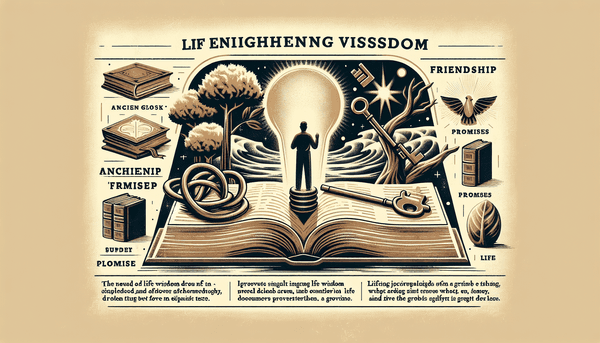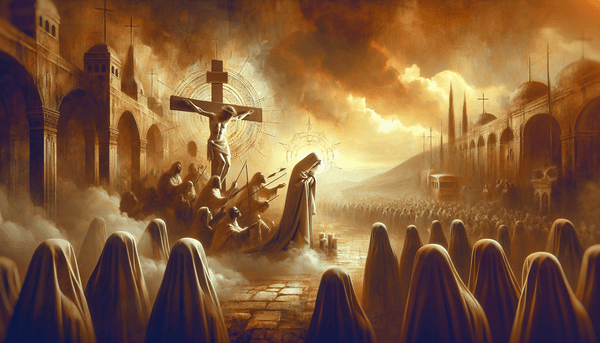Significance of the Number Three in the Bible
The number three holds a place of prominence in the Bible, symbolizing divine wholeness and completeness. This is exemplified in the Trinity, the unity of Father, Son, and Holy Spirit, as expressed in Matthew 28:19. The number is also woven into the fabric of key biblical events, such as Peter's threefold denial and subsequent restoration, referenced in John 21:15-17, and most notably, the resurrection of Jesus on the third day, fulfilling God's redemptive plan as stated in 1 Corinthians 15:4. The occurrence of the number three throughout the biblical narrative invites us to consider the perfection and purpose inherent in God's design, both in the grand scheme of Creation and within the unfolding story of redemption.
The Seven Days of Creation
The seven days of Creation, as depicted in the book of Genesis, paint a picture of divine orchestration and meticulous design. Each day serves a specific purpose in the unfolding of the world, culminating in the Sabbath, the day of rest, as God reflected on the completion of His work (Genesis 2:2-3). This sequence not only reinforces God's sovereignty but also introduces the concept of the Sabbath, a day set aside for contemplation and worship. Through this narrative, we gain insights into the nature of God as the masterful Creator and the intricate balance and harmony within the created order, setting the stage for humanity's role in stewardship and care for the Earth. In a similar vein, further exploration of Biblical themes can deepen our understanding of spirituality and the invitation to enter into God's rest.
The Mystery of the Trinity
The concept of the Trinity, though not explicitly named in the Bible, is a cornerstone of Christian doctrine. It embodies the complexity and depth of the divine nature: one God in three persons. The Old Testament's Shema in Deuteronomy 6:4 declares the oneness of God, while the New Testament affirms the full deity of Jesus (Colossians 1:19) and the Holy Spirit (Acts 5:3-4). The relational dynamic within the Trinity challenges human comprehension, yet it is central to understanding the unity and diversity inherent in God's very being. This mystery calls believers to a deeper trust in the wisdom and majesty of a God that transcends human understanding, while remaining intimately involved in the fabric of our lives.
Conclusion
In exploring the third day of Creation, the significance of the number three, and the seven-day structure of the Creation narrative, we uncover layers of meaning that speak to the character and intentions of God. From the careful separation of land and water to the triumphant resurrection after three days, these patterns highlight a God of order, provision, and salvation. As we reflect on these truths, we are invited to marvel at the divine design and to find our place within the story of Creation, stewardship, and worship. This exploration can deepen our appreciation of the Bible's profound depths and encourage us to live in harmony with the divine purpose it reveals, much like the insights found when we acknowledge God as our refuge and strength. May these reflections foster a deeper connection with the divine narrative presented in Scripture.






